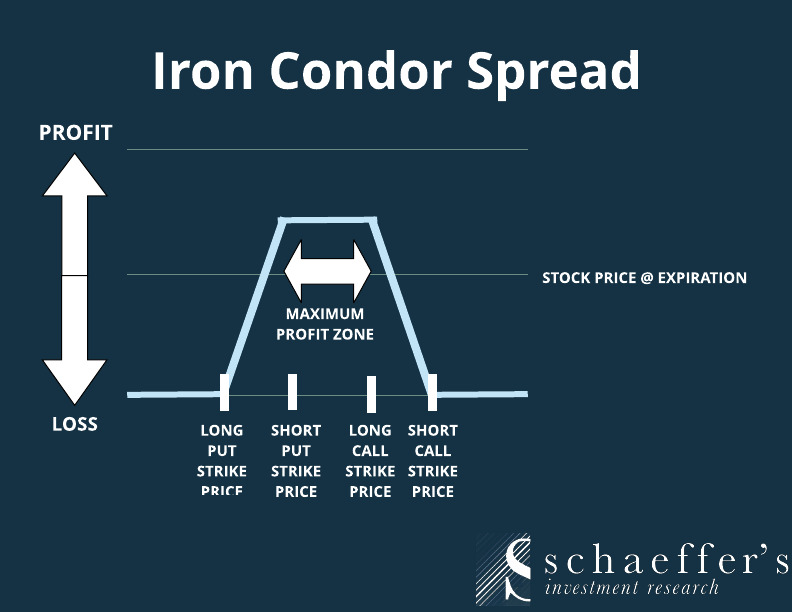The Importance of Position Sizing in Trading
Optimizing Stop Loss for Better Position Sizing
Position sizing plays a crucial role in building a strong trading system. One of the key aspects of optimizing position sizing is adjusting the stop-loss level effectively. Shrinking the stop loss has a multiplier effect on position sizing, allowing traders to increase their position size without increasing overall risk.
The Power of Adjusting Stop Loss and Position Size
To illustrate this concept, consider a simple example: Suppose a trader starts with ₹100 and sets a stop loss at ₹10. This means the risk per trade is ₹10, and the trader’s risk-reward ratio is 3:1.
Now, if the trader finds an opportunity where the stop loss can be reduced to ₹5 while keeping the total risk the same at ₹10, the position size can be doubled. Instead of buying stock worth ₹100, the trader can now buy ₹200 worth of stock while maintaining the same ₹10 risk per trade.
As a result, the profit potential doubles, allowing the trader to make 2x the profit while keeping risk exposure constant.
Leverage and Overnight Risk Considerations
While increasing position size works well in intraday trading, traders should be cautious about overnight risks when holding large positions in delivery-based trades. However, for options traders, position sizing can be optimized effectively without the same overnight risks.
Why Reducing Stop Loss is Key to Better Risk Management
The fundamental idea behind improving position sizing is that traders can increase their position size without increasing the absolute risk per trade. This is possible because the stop loss is set at a tighter level, which reduces potential losses while keeping the reward potential intact.
For example, in a trending system, a well-placed stop loss allows a trader to exit losing trades early while maximizing profits in winning trades. Instead of cutting losses at 10%, if the trader reduces the stop loss to 5%, it significantly improves the risk-reward ratio and enhances long-term profitability.
Position Sizing Works Best in Trend-Following Strategies
Optimized position sizing is most effective in trend-following systems, where trends move strongly in one direction. If the trend holds, traders should see a quick rally in their favor. By shrinking the stop loss, traders can take larger position sizes without increasing risk, maximizing their profit potential in strong market trends.
Final Thoughts: Balance Between Risk and Reward
Position sizing is a game-changer for traders looking to optimize their trading system. By reducing stop loss strategically, traders can double their position size while maintaining the same risk exposure. This approach works best in trend-following systems, where minimizing losses and maximizing gains can lead to long-term profitability
Options trading offers the potential for significant profits, but it also comes with high risk and volatility. Many traders focus on finding the perfect trade setup, but they often overlook one of the most critical aspects of risk management: position sizing.
Proper position sizing ensures that you stay in the game long enough to capitalize on profitable trades while protecting yourself from excessive losses. In this article, we will explore why position sizing is crucial in options trading, how to determine the right position size, and strategies to optimize your trades.
One of the main reasons why position sizing is crucial in options trading is risk management. Unlike stocks, options can experience extreme price swings in a short period. Without proper position sizing, a few bad trades can wipe out your account.
Traders who risk too much on a single trade often find themselves in a cycle of emotional decision-making, which leads to poor trading habits like revenge trading and overleveraging. On the other hand, traders who use effective position sizing can weather market fluctuations and sustain long-term profitability.
Key Risk Management Rules for Position Sizing:
✅ Never risk more than 1-5% of your total trading capital on a single trade.
✅ Consider the volatility of the option before deciding on position size.
✅ Always set a stop-loss to manage downside risk effectively.
By following these rules, you can protect your capital and ensure that no single trade significantly impacts your overall portfolio.
2. How to Determine the Right Position Size
Determining the correct position size depends on several factors, including account size, risk tolerance, and market conditions. Here’s a simple step-by-step approach to position sizing in options trading:
Step 1: Define Your Risk Per Trade
Decide on a fixed percentage of your account that you’re willing to risk on each trade. For example:
- If you have a $10,000 account, risking 2% per trade means you’re willing to lose $200 per trade.
Step 2: Calculate Your Trade Risk
Options prices fluctuate rapidly, so consider the following when calculating risk:
- The cost of the option contract
- The percentage drop that would trigger your stop-loss
For example, if an option costs $500 per contract, and you set a 40% stop-loss, your risk per contract is $200. If you’re only willing to risk $200 per trade, you should buy only one contract.
Step 3: Adjust for Volatility
Highly volatile stocks require smaller position sizes to manage risk effectively. Avoid overleveraging in highly unpredictable markets.
3. The Dangers of Overleveraging
Overleveraging is one of the biggest mistakes traders make when it comes to position sizing. Traders often bet too big on a single trade, hoping for a massive win, but if the trade goes against them, they face devastating losses.
For example:
- A trader with a $5,000 account buys $2,500 worth of options on a single trade.
- If the option loses 50% of its value, the trader has lost 25% of their total account in one trade.
This approach is unsustainable. Instead, using proper position sizing allows traders to limit their losses and trade another day.
How to Avoid Overleveraging:
✅ Stick to a consistent risk percentage per trade.
✅ Trade smaller contract sizes on highly volatile stocks.
✅ Avoid going all-in on a single options play.
4. Scaling In and Out of Trades for Better Position Management
Another effective way to manage position sizing is by scaling in and out of trades. This technique helps reduce risk while maximizing potential profits.
Scaling In (Entering Gradually)
Instead of entering a full position at once, buy in smaller increments as the trade moves in your favor. This reduces exposure if the trade goes against you initially.
Example:
- Instead of buying 5 contracts at once, start with 2 contracts.
- If the trade starts moving in your direction, add 3 more contracts.
Scaling Out (Exiting Gradually)
When a trade becomes profitable, take profits gradually instead of exiting all at once.
Example:
- Sell half your position when the trade is up 50%.
- Hold the rest for a potential bigger move.
This method allows you to secure profits while still keeping the potential for further gains.
5. Position Sizing Strategies for Different Trading Styles
Different traders use different position sizing techniques based on their trading style and strategy.
A. Day Traders (Short-Term Options Trading)
- Use smaller position sizes since day trades are high-risk and short-term.
- Set tight stop-losses to prevent large losses.
- Risk 1-2% of account per trade to avoid account blow-ups.
B. Swing Traders (Medium-Term Options Trading)
- Use moderate position sizes since trades last from days to weeks.
- Give the trade more room to move by using a wider stop-loss.
- Risk 2-5% of account per trade, depending on confidence level.
C. Long-Term Investors (LEAPS and Longer-Dated Options)
- Use larger position sizes, as LEAPS options experience less time decay.
- Hold through market fluctuations without panicking.
- Risk up to 5% of account per trade, considering the lower volatility.
Each trading style requires a different approach to position sizing to balance risk and reward effectively.
6. Final Thoughts: The Power of Proper Position Sizing
Understanding why position sizing is crucial in options trading can mean the difference between long-term success and blowing up your account. By following the right position sizing strategies, traders can:
✅ Protect their trading capital
✅ Reduce emotional decision-making
✅ Increase the chances of long-term profitability
If you’re serious about options trading, start implementing smart position sizing strategies today. Stay disciplined, manage your risk, and always trade with a clear plan.
Would you like more insights on risk management and trading psychology? Join our Discord community and subscribe for more expert tips on options trading!




